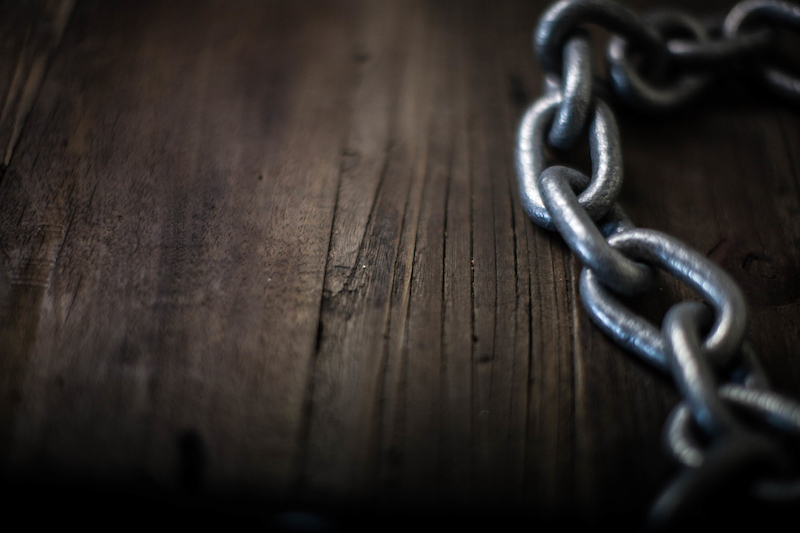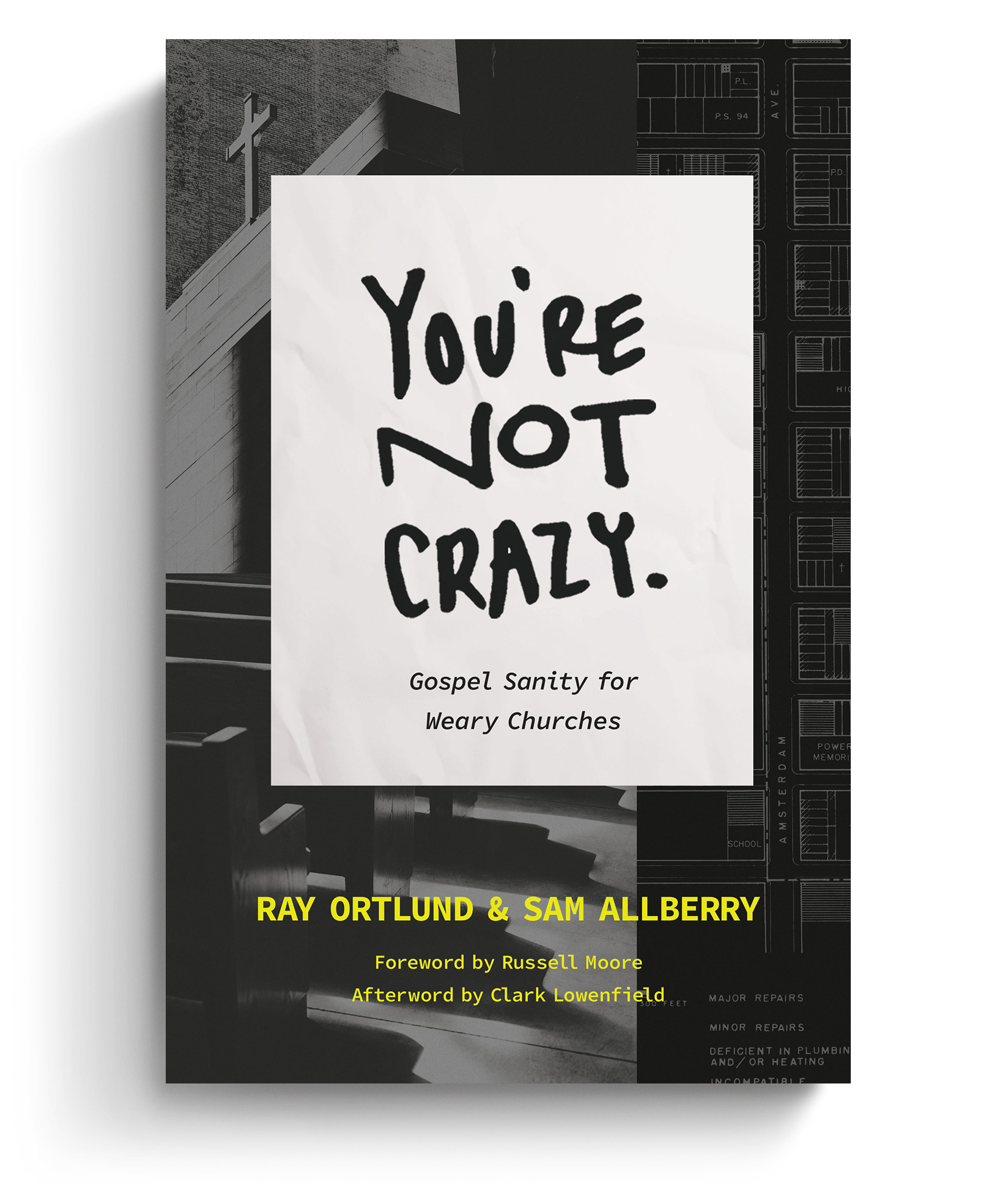“We have a criminal justice system that treats you better if you’re rich and guilty than if you’re poor and innocent.”
— Bryan Stevenson, author of Just Mercy: A Story of Justice and Redemption
***********
Neither slavery nor involuntary servitude, except as a punishment for crime whereof the party shall have been duly convicted, shall exist within the United States, or any place subject to their jurisdiction.
DuVernay argues the clause “except as a punishment for crime” became a loophole enabling the mass captivity and exploitation of black Americans to continue, even 150 years after the abolishment of slavery. This is quite a provocative argument, and as I watched the film I interrogated its assumptions. I wondered, Is not the explosion of the prison population simply the result of more crime perpetrated by criminals who belong there? Is the claim that poor minorities are targeted for incarceration an excuse for their own bad decisions? Does this documentary reveal the effects of sin on our justice system?
Three Barriers
Black Codes and Jim Crow
13th reveals these conclusions to be historically incomplete and therefore inaccurate. Though by law the 13th Amendment freed the enslaved population from the control of slave owners, the reality of slavery lived on. Former slave owners and humiliated Confederate sympathizers sought to maintain the antebellum status quo and minimize the amendment’s financial and social implications. After the war “black codes”—laws aimed at restricting the freedom of former slaves—were initiated to control freed men and women once again. So-called black codes criminalized gathering for worship, reading, writing, and even unemployment. They also supported a system of peonage—the practice of holding persons in servitude as part of a penal sentence. The prison system was used to simultaneously maintain control over the movement of blacks and also to exploit their labor through incarceration. Upon imprisonment, those once enslaved were again forced to work for free—as if slavery had never ended.
When black codes were banned in 1877, another system of injustice—Jim Crow—was created to restrict the freedoms of African Americans. Through black codes and Jim Crow, then, segregation and injustice remained the law of the land in the South for a century after the abolition of slavery—that is, until the civil rights era. This historical context explains why Martin Luther King Jr. declared, in his 1963 “I Have a Dream” speech, “One hundred years later, the Negro is still not free.”
After President Lyndon B. Johnson signed the Civil Rights Act of 1964, Jim Crow laws were banned. DuVernay suggests, however, that the system of racial injustice hadn’t been eradicated, but had simply morphed into something else.
Misleading ‘War on Drugs’
13th offers compelling evidence that the disproportionate rates of crime and incarceration among blacks result from a politically motivated strategy to maintain a legacy of racial oppression—not primarily the consequences of bad decisions of those behind bars. President Richard Nixon was the first person to coin the term “war on drugs.” At the time, Americans didn’t consider drugs a major problem, but Nixon’s passionate appeals to “restore law and order” amid unprecedented social change propelled him to the White House. The plan’s chief architect and Nixon’s chief strategist, John Ehrlichman, later revealed the true rationale behind the “war on drugs”:
The Nixon campaign in 1968, and the Nixon White House after that, had two enemies: the antiwar left and black people. You understand what I’m saying? We knew we couldn’t make it illegal to be either against the war or black, but by getting the public to associate the hippies with marijuana and blacks with heroin, and then criminalizing both heavily, we could disrupt those communities. We could arrest their leaders, raid their homes, break up their meetings, and vilify them night after night on the evening news. Did we know we were lying about the drugs? Of course we did.
You start out in 1954 by saying, “Nigger, nigger, nigger.” By 1968 you can’t say “nigger”—that hurts you, backfires. So you say stuff like, uh, “forced busing,” “states’ rights,” and all that stuff, and you’re getting so abstract. Now, you’re talking about cutting taxes, and all these things you’re talking about are totally economic things and a byproduct of them is, blacks get hurt worse than whites. . . . “We want to cut this” is much more abstract than even the busing thing, uh, and a hell of a lot more abstract than “Nigger, nigger.”
Being “tough on crime,” then, became code for solving the “race problem.” The emphasis on “law and order” was used to subconsciously communicate a message of “inner-city danger.” The unprecedented millions of dollars to fund prison-building in the 1980s prepared to house a prison population that surpassed 1 million by 1990. While the United States is only 6 percent of the world’s population, we have 25 percent of the world’s incarcerated population. This phenomenon results in part from the “war on drugs.”
Not a Partisan Attack

Present and Future, Spiritual and Social
What does all this have to do with our Christian faith? Announcing his earthly ministry, Jesus proclaimed: “The Spirit of the Lord is on me, because he has anointed me to proclaim good news to the poor. He has sent me to proclaim freedom for the prisoners and recovery of sight for the blind, to set the oppressed free, to proclaim the year of the Lord’s favor” (Luke 4:18–19).
Four Things You Can Do
13th advances an inconvenient truth: On this earth, and in our nation, we don’t find the justice we should. But you and I can do something about it. If this review strikes you as offensive, I hope you’ll at least seek to begin a conversation about these ideas with fellow church members and other Christian friends. Here are ways that you can lead in your local church:
- Watch 13th on Netflix and educate yourself about mass incarceration. Alexander’s The New Jim Crow and Bryan Stevenson’s Just Mercy are good places to begin.
- Respond with how God calls his people to when they observe injustice: lament. See Psalm 79 for an example. We can lament the brokenness in the justice system that has resulted in broken families, broken lives, and broken faith in a system meant to be oriented toward justice for all.
- Work toward solutions to counteract unfair outcomes that tend to “condemn the righteous” and “justify the guilty” (Prov. 17:15). We can also practically serve the prisoner. Prison Fellowship is featured in 13th, offering a reminder that Christians can serve in prison ministry and so live out Hebrews 13:3.
- Pray for those in prison.
Brothers and sisters, can we see the brokenness in our world and also hope for justice for the sake of Christ? If we listen to and process the painful stories told in this documentary, we will be reminded that depravity pervades every human society and every human institution. Only then will we see how Jesus goes deeper still.
Editors’ note: This article has been updated to include an audio conversation with Rasool Berry, Jason Cook, and Alan Noble going deeper on some of the issues discussed in the review and responding to readers’ comments.
Are You a Frustrated, Weary Pastor?
 Being a pastor is hard. Whether it’s relational difficulties in the congregation, growing opposition toward the church as an institution, or just the struggle to continue in ministry with joy and faithfulness, the pressure on leaders can be truly overwhelming. It’s no surprise pastors are burned out, tempted to give up, or thinking they’re going crazy.
Being a pastor is hard. Whether it’s relational difficulties in the congregation, growing opposition toward the church as an institution, or just the struggle to continue in ministry with joy and faithfulness, the pressure on leaders can be truly overwhelming. It’s no surprise pastors are burned out, tempted to give up, or thinking they’re going crazy.
In ‘You’re Not Crazy: Gospel Sanity for Weary Churches,’ seasoned pastors Ray Ortlund and Sam Allberry help weary leaders renew their love for ministry by equipping them to build a gospel-centered culture into every aspect of their churches.
We’re delighted to offer this ebook to you for FREE today. Click on this link to get instant access to a resource that will help you cultivate a healthier gospel culture in your church and in yourself.




























